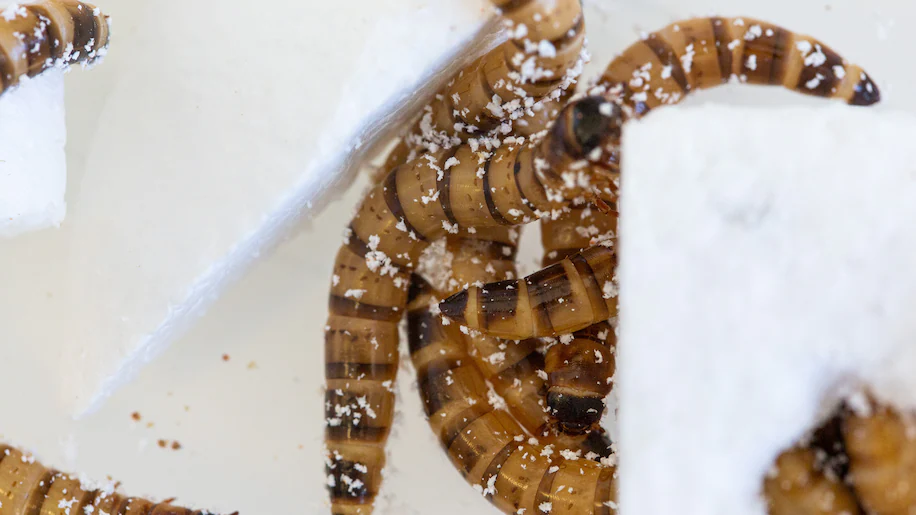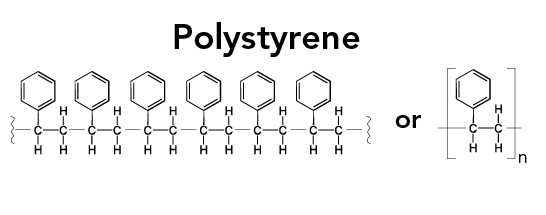Plastic Eating Superworms
Scientists have been looking for a bacteria or bug that can digest trash. They have recently found a plastic-eating worm.
At the University of Queensland in Brisbane, Australia, the larvae of a darkling beetle, zophobas morio, has been found to be able to survive on polystyrene, the main component of Styrofoam.

The researchers are using the worms to determine what protein or enzyme can be used to digest plastic. If they can biologically engineer the same protein and mass produce it, it can be a viable way of reducing the amount of trash in landfills. Styrofoam trash itself accounts for 30 percent of all landfill space in the world.
The amount of plastic discarded as waste is extreme. Unlike other materials, plastic decays the slowest and can dangerous to other organisms. Every year, half of plastic products that are made for single-use scenarios become trash and clog up landfills. As they slowly decompose, they release noxious greenhouse gases into the atmosphere. More than 14 million tons of discarded plastic makes its way into the ocean, killin animals and destroying ecosystems.
Styrofoam is the worst plastic material because it is dense, takes up a lot of space, and is often contaminated with food and drink, causing it to be unable to be recycled. It can take polystyrene 500 years to decompose completely.

Scientists have also discovered that mealworms can survive off of Styrofoam, bacteria can digest plastic bottles, and some enzymes can be used to digest a plastic resin in clothes and meal containers. To reduce humans's environmental footprint, people are trying to reduce the amount of plastic they use, but this is proving to be incredible hard as plastic is widespread.
The study was conducted by feeding the superworms three different diets: bran, polystyrene, and starvation. They found that 90% of the larvae that ate bran became beetles, 66% of the larvae that ate polystyrene became beetles, and only 10% of the larvae that were forced to starve became beetles.
Once the enzyme that can digest Styrofoam is found, waste managers will begin to grind Styrofoam and pu the grinded bits into a liquid solution mixed with the enzyme from the superworms. The solution would decompose of the styrofoam in ways that would alow new plastic products to be made (not just styrofoam).
However, the enzyme discovered, just like all enzymes, will only work for specific temperatures. If it is too hot or too cold, the enzymes will denature and stop functioning. However, the researchers could simply release thousands of these worms into landfills and let them do the rest.
